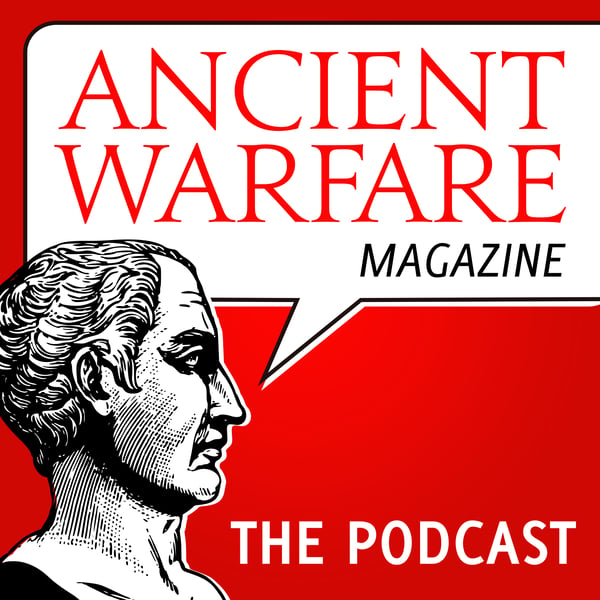AWA241 - Why did the sarissa fall out of use until the late medieval period?
Ancient Warfare Podcast
The History Network
4.4 • 631 Ratings
🗓️ 24 February 2023
⏱️ 9 minutes
🧾️ Download transcript
Summary
Following his last question from Murray a few weeks ago, Andy asks, 'the question I’ve always wondered is why it seems to fall out of use between the two periods even though protecting infantry from cavalry remains a consistent problem across ancient and medieval warfare'?
Join us on Patron
patreon.com/ancientwarfarepodcast
Transcript
Click on a timestamp to play from that location
| 0:00.0 | Hi everyone and welcome to another episode of Ancient Welfare Answers with me, |
| 0:08.2 | Murray. I'm going to answer another question today which will relate to some of the previous |
| 0:12.7 | words I've asked, answered. This one comes from Andy who compliments me on my review of the |
| 0:19.5 | Sirissa and then has a question. |
| 0:21.6 | The question I've always bonded is why it seems to fall out of use between the two periods, |
| 0:26.0 | even though protecting infantry from cavalry remains a consistent problem across ancient and medieval warfare. |
| 0:30.7 | Now, the two periods he's talking about are a millennia apart, or more than a millennia apart, |
| 0:35.9 | because, of course, you've got the Macedonian |
| 0:38.1 | phalanche with the long pike in the fourth, third, and second century BC, gets defeated by the |
| 0:44.8 | Roman legion in the second century BC, and then, of course, the pike phalanx to protect infantry |
| 0:51.6 | from cavalry comes back in the late medieval early modern period in the |
| 0:56.0 | 1400s. So yeah, 1600 years of non-falangx infantry. So why does it fall out in those periods |
| 1:05.0 | when protecting infantry against cavalry is still important and as important as it was when the phalanx comes into existence. |
| 1:14.2 | Now, I think that one of the reasons is something I touched upon earlier that what tends to happen |
| 1:22.1 | in the Roman period, especially against the Palloristic and then also against the Carthaginians is that arms fight arms, infantry fights, infantry, cavalry fights cavalry. |
| 1:32.0 | And only if one of those is successful do they turn. |
| 1:35.0 | So, you know, at the Battle of Canadi, for instance, in 216 BC, the Roman cavalry and the Carthaginian cavalry fight each other. |
| 1:45.6 | The Roman cavalry is driven off. Only then does the Carthaginian cavalry fight each other, the Roman cavalry is driven off. |
| 1:50.9 | Only then does the Carthaginian cavalry turn and encircle the Roman legions, |
| 1:55.8 | meaning the Roman legions have been fighting the Carthaginian family. So that's partly the problem that this, I think talking of combined arms is not quite the right |
| 2:02.8 | thing because that's not really the way that the ancients thought. |
| 2:06.1 | They did combine arms, absolutely. |
... |
Please login to see the full transcript.
Disclaimer: The podcast and artwork embedded on this page are from The History Network, and are the property of its owner and not affiliated with or endorsed by Tapesearch.
Generated transcripts are the property of The History Network and are distributed freely under the Fair Use doctrine. Transcripts generated by Tapesearch are not guaranteed to be accurate.
Copyright © Tapesearch 2025.

